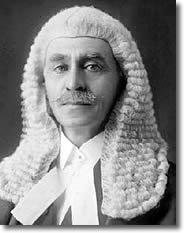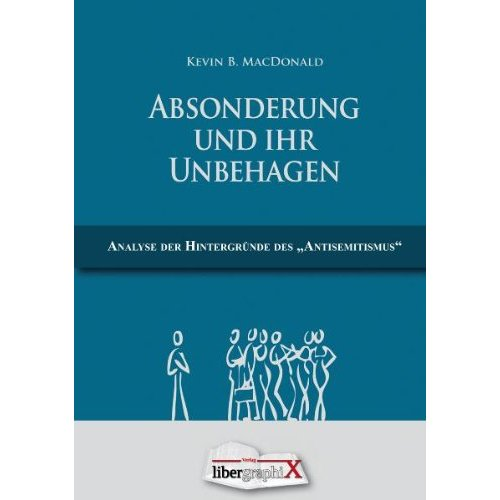Background to the Magna Carta
The first point to bear in mind in that Magna Carta was a document produced by the nobles and presented to the monarch — in this case, King John. In this sense we should bear in mind the tensions between the nobles and the King over one chief issue — the role of Jewish usury in enabling land transfer from the nobility to the monarch. The relevant clauses are as follows:
* (10) If anyone who has borrowed a sum of money from Jews dies before the debt has been repaid, his heir shall pay no interest on the debt for so long as he remains under age, irrespective of whom he holds his lands. If such a debt falls into the hands of the Crown, it will take nothing except the principal sum specified in the bond.
* (11) If a man dies owing money to Jews, his wife may have her dower and pay nothing towards the debt from it. If he leaves children that are under age, their needs may also be provided for on a scale appropriate to the size of his holding of lands. The debt is to be paid out of the residue, reserving the service due to his feudal lords. Debts owed to persons other than Jews are to be dealt with similarly.
So obviously these clauses weaken the ability of Jew and Crown to recoup either debt or interest on loans. It doesn’t prevent moneylending etc., but certainly we could agree that the position of Jew and King would be weakened. We must then ask, firstly, why was this necessary? And secondly, why did it suddenly disappear a year later in the 1216 charter? On the first point, as I state in my article on medieval Jewry, the relationship at this time during the Crown and the nobles was tense indeed, and the Jews were a very important factor in this tension. King John, whose actions had brought about the need for the Magna Carta, was profligate, incompetent, and utterly beholden to his Jews and their ability to provide him with seemingly unlimited funds for his misadventures on the Continent. Read more







